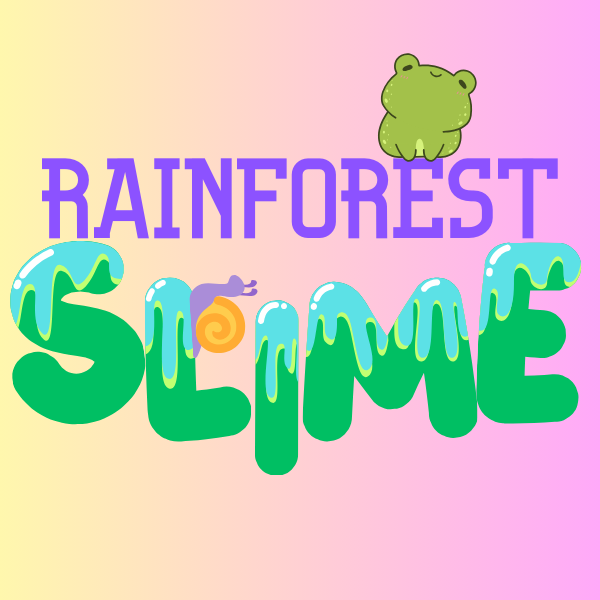Your cart is currently empty!
Slime has become a popular craft project and toy, captivating both children and adults with its unique texture and versatility. Beyond its entertainment value, slime is an intriguing material from a chemical perspective. This article explores the chemical makeup of slime, shedding light on the components and reactions that give slime its distinctive properties.
Basic Ingredients of Slime
At its core, slime is a viscoelastic polymer. The most common basic ingredients used to create homemade slime include polyvinyl alcohol (PVA) glue, borax (sodium borate), water, and sometimes additives like food coloring or glitter for aesthetic purposes. Each of these components plays a crucial role in the formation and characteristics of slime.
Polyvinyl Alcohol (PVA)
PVA is a synthetic polymer that forms the backbone of the slime. It is a water-soluble compound that provides the essential polymer chains needed for slime’s structure. When dissolved in water, PVA creates a thick, viscous solution that serves as the base for slime-making. PVA’s molecular structure allows it to interact with cross-linking agents, creating the stretchy, flexible texture we associate with slime.
Borax (Sodium Borate)
Borax is the key cross-linking agent in traditional slime recipes. When borax is dissolved in water, it forms borate ions. These ions interact with the hydroxyl groups in PVA, creating cross-links between the polymer chains. This chemical reaction transforms the liquid PVA solution into a gel-like substance with elastic properties. The concentration of borax affects the final texture of the slime, with more borax resulting in a firmer product.
Water
Water acts as a medium that facilitates the dissolution and interaction of PVA and borax. It helps to evenly distribute the components, ensuring consistent slime formation. The amount of water used can also influence the slime’s consistency, with more water leading to a runnier slime and less water resulting in a denser texture.
Additives
While not essential for the slime’s chemical structure, additives like food coloring, glitter, or even scented oils are often included to enhance the visual and sensory appeal of the slime. These additives do not typically interfere with the chemical processes but can affect the overall experience of the slime.
The Chemistry Behind Slime
The formation of slime is a fascinating example of polymer chemistry. When PVA and borax are combined, a cross-linking reaction occurs, leading to the creation of a three-dimensional network that traps water molecules. This network is what gives slime its characteristic stretchiness and malleability. The cross-links restrict the movement of the polymer chains, allowing the slime to flow slowly under low stress and snap back when stretched quickly.
Experimenting with Slime
One of the reasons slime is so popular is its versatility. By adjusting the ratios of PVA, borax, and water, or by experimenting with different additives, individuals can create a wide variety of slime textures and properties. This aspect of experimentation makes slime an excellent educational tool for teaching basic principles of chemistry and materials science.
Conclusion
Slime is more than just a toy; it’s a remarkable material with intriguing chemical properties. Understanding its chemical makeup provides insight into the world of polymers and chemical reactions. Whether for education or entertainment, slime continues to captivate and inspire curiosity about the fascinating science that underpins everyday materials.
One response to “Slime! What is it made of?”
Hi, this is a comment.
To get started with moderating, editing, and deleting comments, please visit the Comments screen in the dashboard.
Commenter avatars come from Gravatar.

Leave a Reply